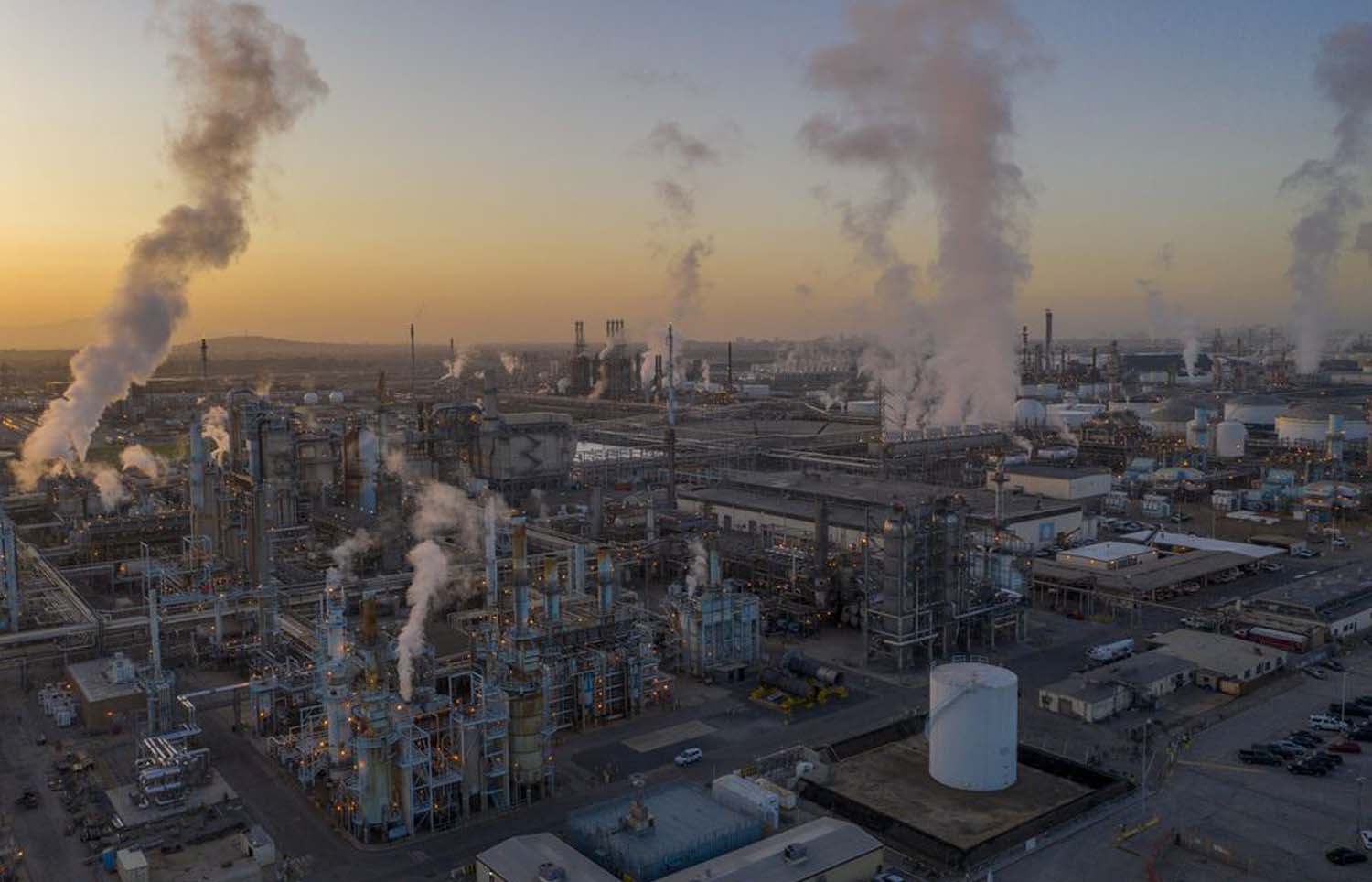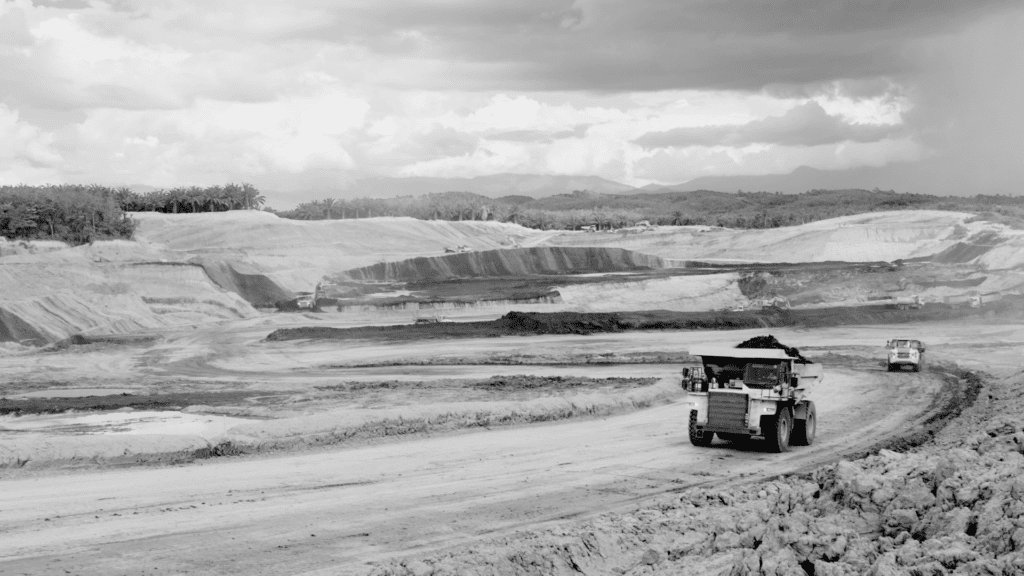Over a 20-year period, methane emissions have 84x the warming impact of carbon dioxide emissions. In mining, fugitive methane emissions from coal mines account for over 90% the entire mining industry’s Scope 1 and Scope 2 greenhouse-gas emissions (from operations and energy generation respectively), according to McKinsey. Its impact dwarfs that of diesel, natural gas and energy driven emissions across all commodities.
Complicating the picture further, once coal mines have reached the end of their mine life, they will still emit methane for several decades. Recent research has also found that LNG has a much larger level of fugitive methane emissions than previously thought. A problem particularly large for older conventional facilities and newer unconventional basins (such as the Permian), according to the American Association for the Advancement of Science. Across both commodities, methane threatens to be a terminal risk due to social and regulatory expectations. Perhaps the only missing ingredient is public awareness.
For executives, coal’s environmental impact has been closely tied to energy generation in the public consciousness, conflating thermal and coking coal under one banner. The negative impact of thermal coals’ reputation across the industry is underpinned by State of Play research which finds that, over the past decade, one of the biggest drivers of negative perceptions of mining is its association with the fossil fuels industry. Consequently, governments have recently begun drawing clearer distinctions between coking coal and thermal coal to reduce the risk to productive coking coal basins such as the Bowen Basin in Queensland, Australia.
Unfortunately, fugitive methane emissions are a product of both coking coal and thermal coal mines. The issue cannot be solved by reputable companies simply selling down their stakes in these assets, as it does nothing to solve the larger problem. In fact, it will likely make things worse as the imperative to mitigate through investment in technology and innovation will be reduced without the brand incentive and balance sheets enjoyed by large public companies.
Although a gloomy introduction, our focus at State of Play is on strategy and innovation in the global resources industries, and there is only a short list of issues that will be as important for the industry over the coming decades. Across the world, many countries and companies are focusing clearly on fugitive methane emissions – from Europe, to China, Australia and the US – so we expect there will be a lot of progress.
Over the next 12 months, we will be cataloguing case studies and innovative solutions to the problem of methane for the industry. Many of these will be in the creative capture and generation technologies that emerge, but also policy and business model innovations. Expect to learn more about things like syphoning, bacteria digesting methane, chemical scrubbing, repurposing and pipeline injections.


